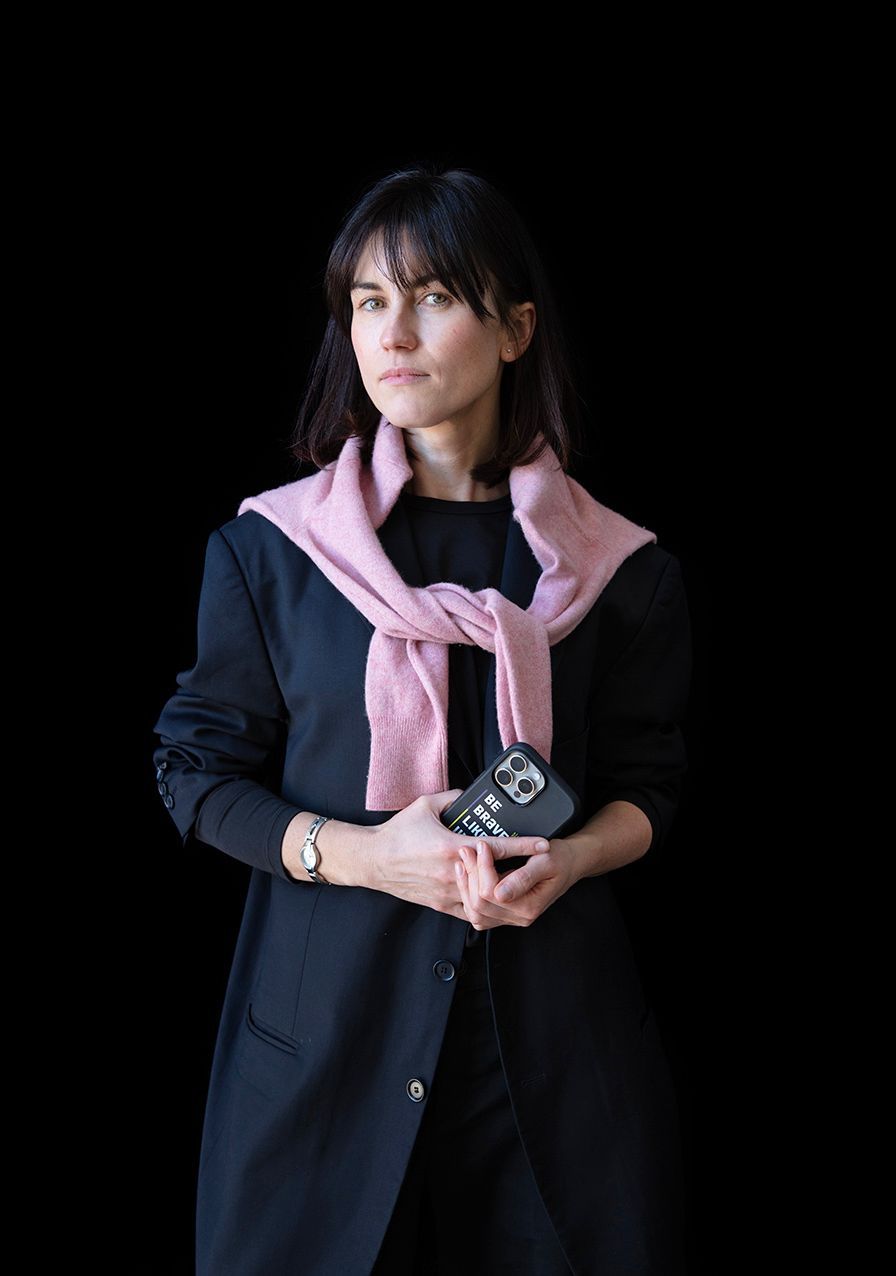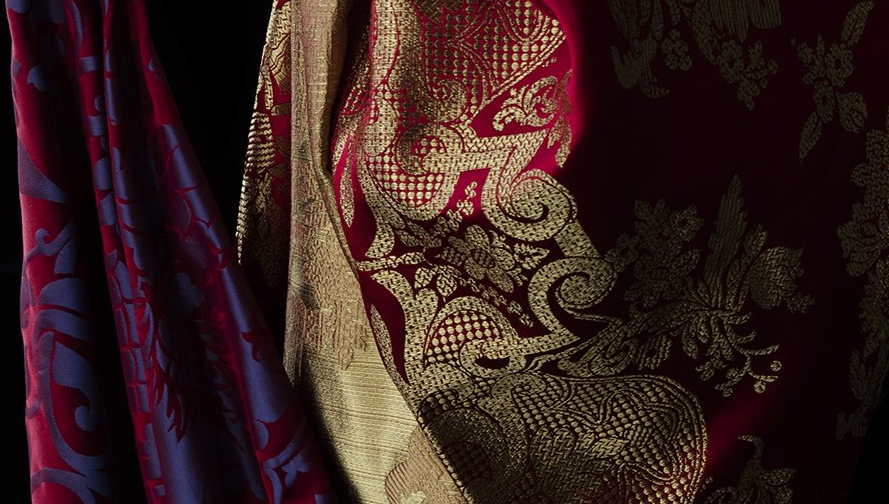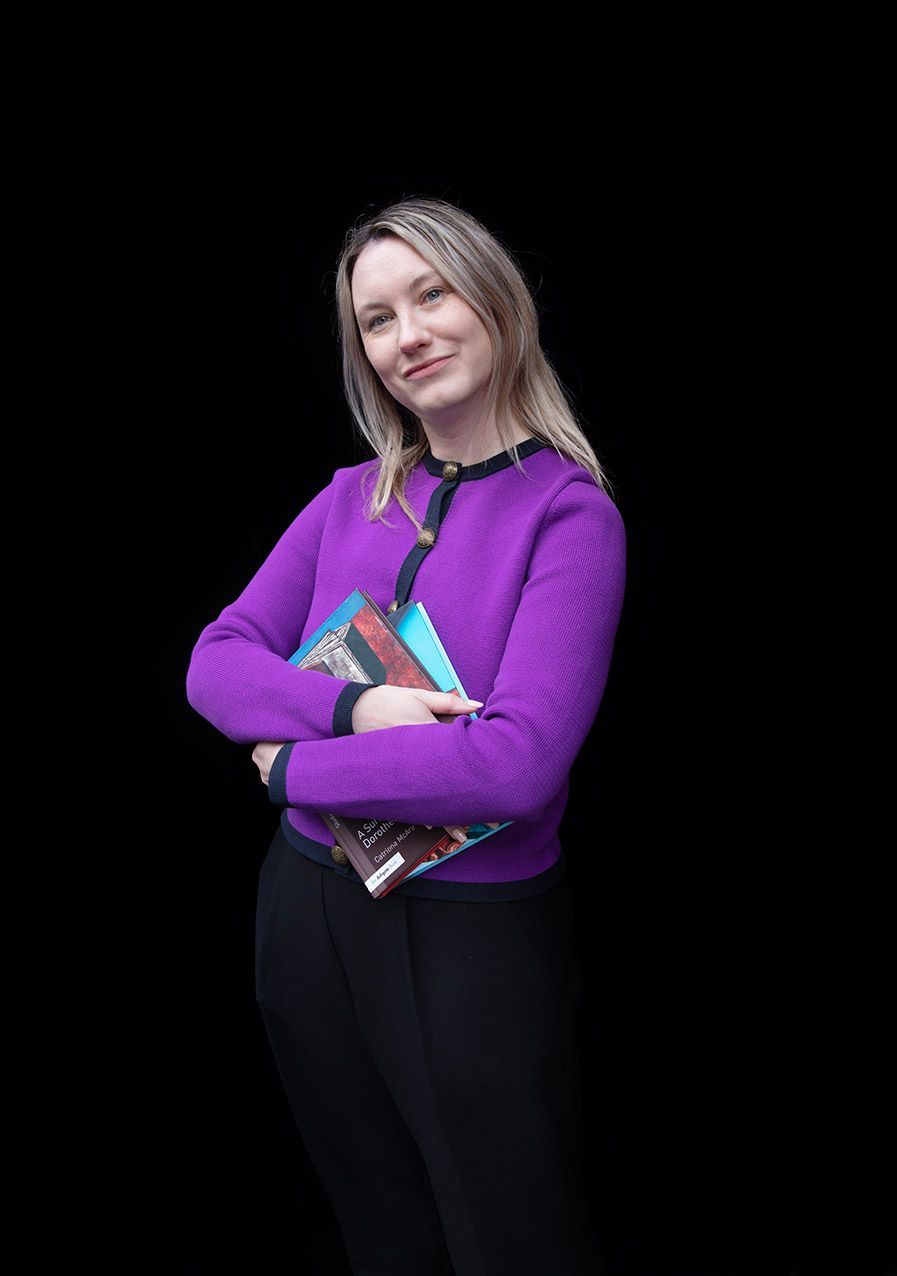Female Voices in Art: Francesca Baldassari, Art Historian
"I firmly believe that women possess the same capabilities as men."

Francesca Baldassari (b. 1963, Sarzana, La Spezia, Italy) distinguished herself academically by graduading from the University of Florence in 1986-1987 with highest honours. She was awarded scholarships for two consecutive years at the Roberto Longhi Foundation in Florence. Her esteemed scholarly contributions began with her first monograph on Carlo Dolci, published in 1995, and later revised for an English edition in 2015, followed by her curating the related exhibition 2017 in the United States. Since then, her scholarly contributions expanded to include significant monographs on Cristoforo Munari (1998), Giovan Domenico Ferretti (2002), and Simone Pignoni (2008). While her extensive body of work encompasses numerous books, articles, and exhibition catalogues, a noteworthy highlight is the 2017 exhibition at Palazzo Braschi in Rome, dedicated to “Artemisia Gentileschi and her time”.
Could you tell us something about your role in the art world?
I am regarded as the foremost expert on Tuscan painting from the seventeenth and eighteenth centuries. Additionally, I am recognized for my ability to discern both major and minor artists from other schools of Italian painting of those same centuries.
What did you enjoy about being a part of this project?
To please friends who insisted I take part! They were right!
Do you have a favourite artist?
My favourite artist is Valentin de Boulogne.
What is your earliest memory involving art?
My earliest artistic memory is a childhood trip to Siena, where I stood with my parents in front of Duccio di Buoninsegna’s Maestà.
Do you have any special thoughts about the position of women in the art world?
I firmly believe that women possess the same capabilities as men.
What are you wearing, and is there a story behind it?
I am wearing a simple dress complemented by one of my most beautiful and cherished scarves, a gift from my life partner of fifteen years. Completing my ensemble is an antique ring and a Zendrini bracelet, which I bought at a charity auction in Monte-Carlo, Monaco, thirty years ago.
What are you currently working on?
I have recently completed writing a comprehensive two-volume monograph on Cecco Bravo, encompassing both his paintings and drawings. Currently, I am engrossed in researching and writing a new monograph about another key figure from seventeenth-century Florentine art, but I prefer not to reveal the subject matter yet.
Could you mention a project, an institution that, or a person who has been important or inspiring for your career and why?
My true mentor was Piero Bigongiari, poet, art critic, and collector. However, my years of study at the Longhi Foundation in Florence, along with prolonged stays in London, Paris, and the United States, proved to be invaluable and fundamental. Thus, if Bigongiari played a crucial role in honing my writing style, my extensive periods abroad enriched my understanding of the world of antique markets and collectors.

Female Voices in Art: Interview with Mariana Varchuk, Curator Khanenko National Museum of Arts, Kyiv









